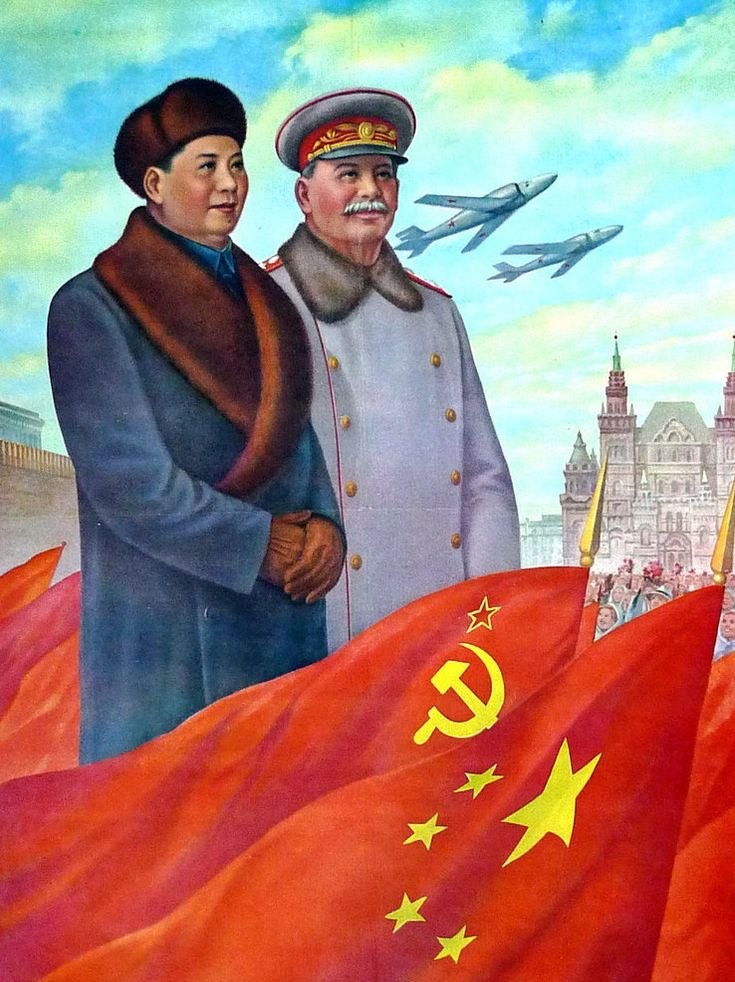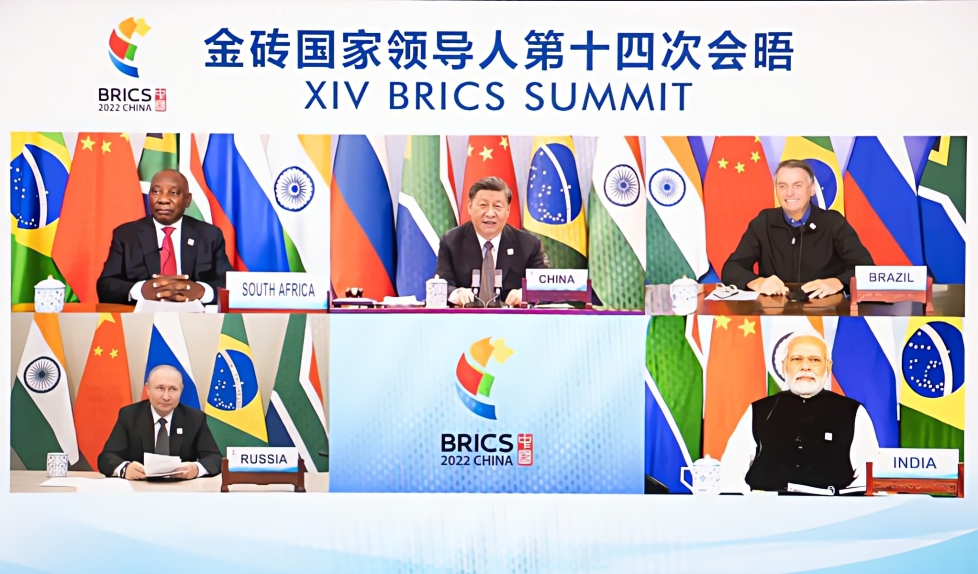Context
While there are different angles to interpret the fast-moving flux in the global political, economic and security situation, the great power rivalry perspective has a clearly dominant and picking pace.
There is usually a period of calm when one power dominates or when there is stability in the balance of power equation. The rapid economic rise of China and infringement into the traditional American spheres of influence, like Europe, has clearly been a cause of alarm. Moreover, the Trump administration took certain actions that were seen as weakening the Western alliance – deemed essential to deal with emerging global rivals to include Russia. Europe is critical to American power projection, and it was becoming tied to progressively Russia and China via trade. The present European energy dependence is a case in point. Trump’s admiration for Putin, and other authoritarian rulers, was seen as a vulnerability. Accompanied by his threats to NATO members to increase defense spending confused the Europeans about American reliability.
Under Biden, the US is actively countering the expanding influence of China and Russia – and to reverse the Sino-Russian penetration in different regions. And one of the casualties of this reversal will be the phenomenon known as globalization. Security concerns arising from aggressive Chinese posturing in the Indo-Pacific, events unfolding in Ukraine, and COVID-19 related supply chain disruptions have further weakened the case for globalization.
Additionally, these factors have helped eliminate American ambiguity on who is benefiting most from free trade presently. Going against laissez-faire principle is not an easy undertaking when the capitalist system is anchored around the very premise and has tremendously benefited the multinational corporations.
This context begs the question of what future security and trade system is the world shifting towards – and what phase of this transfer the present circumstances represents. It was WWI and II that moved the world into the nation-state system and the creation of the United Nations. The answers are not readily available.

Analysis
New Cold War and Spheres of Influence
As these global rivalries escalate, they are being classified as the new Cold War. The previous one being between US dominated Western Sphere of Influence – with USSR mostly influencing Eastern Europe. China at that time was not as close an ally of Russia as it is now.
The Sino-Soviet ties have had their ups and down historically. For example, during the Bolshevik Revolution in 1917 Chinese Beiying government had supported the Whites, like the West, and sent in forces to fight the Reds. Conversely, in 1923 Soviets provided support to groups opposing the Beiying government. In 1949, with Soviet backed communists winning the Chinese civil war leading to the creation of People’s Republic of China, Soviets and Chinese were even involved in a brief border conflict in 1969.
Irrespective, as the new Cold War gets underway, and no near-term Ukraine solution on the horizon, what will this emerging Cold War look like?
The first thing is obvious, the Spheres of Influence were the key character of the old Cold War – dividing the world into communist USSR and capitalist America. The Soviet system was associated with autocratic closed security states, with strict regulations controlling the lives of the citizens. On the contrary, the hallmark of Western democratic states was freedom of expression and trade that led to creativity, innovation, and greater economic prosperity. And these attributes ultimately became the reasons for the success of West against the closed Soviet system.
The new Cold War would likely create similar spheres of influence between US and China-Russia aligned states. Some would argue that this new Cold War is only between the US and China. To understand these alignments – we also have to grasp how the spheres of influence evolved after the Soviet Union collapsed.
NATO’s Evolution
Once the Soviet Union dissolved during the period of 1988-1991,15 Soviet republics opted for independence with the Baltic states leading. The former Eastern European states applied and became members of Western security alliance, NATO. A trajectory that has continued to this day- and one of the reasons for the Ukraine conflict to erupt, which is also causing Finland and Swedento also move towards NATO.
Another element of this post-Soviet period was that Russia and China both adopted policies that has made the Western system stronger, for example allowing foreign investments and free trade. But they did not embrace the democratic political system. So, while China and Russia benefited from free trade, their respective restricting political governance models remained in place. This has been a cause of continuous friction when it comes to for example, state controlling the currency values, protecting minorities and human rights, etc.

Conclusion
Moving forward, the roles seem to be reversing. The US and West are shifting away from globalization and are altering the supply chains that were created for maximum profitability. On the other hand, China is championing globalization. In May, Chinese Xi Jinping had urged the organization of emerging nations, BRICS, to “reject Cold War mentality and bloc confrontation, and work together to build a global community of security for all”.
Two properties of the new supply chains are: they have to be from friendly nations and pose no economic and security implications for the dominant power of the alliance. In other words, the concept that evolved after WWII that economic interdependence can resolve security issues – is being put to rest.
While China has been attracting states through its Belt and Road Initiative (BRI) and associated large infrastructure projects, the US, EU, and Japan have begun to counter with their own infrastructure projects. At the recently held G7 conference in Germany, President Biden announced US will help finance $200 billion from public and private sectors to counter Chinese projects.
The question then is how will the emerging respective spheres of influence be monitored and policed? The energy supply lines provide one example where sanctions are playing a critical role. In this, the US using its influence in moving Europeans away from Russian energy dependence and building trade relations with China. Meanwhile, it is allowing nations like India flexibility to acquire cheap energy from Russia, however, coercing weaker nations to stay away. The US is also resetting its ties with Saudi Arabia to enhance its energy leverage and to keep energy dependent states in line. President Biden is scheduled to visit Saudi Arabia in July and ask for increase in oil production compensating for Russian oil shortfall. He will also be attending the meeting of Gulf Cooperation Council. Meanwhile King Abdullah of Jordan has supported the idea of Middle East version of NATO. It’s not clear though what threat perception would the NATO of Middle East counter, Iran, Russia or China? Clearly, it cannot be Israel.
In other words, the balance of power tussles now involves the use of economic influence to attract and discipline states. During the previous Cold War, USSR did not have the type of economic prowess that the US and West enjoyed, but in the new Cold War the case of China is different. Thus, there will likely be China-Russia dominated supply lines and economic zone and the US-Europe controlled one. Ultimately, China and Russia will likely use tactics similar to the West i.e., if the new Cold War persists and matures. The Domino Theory and the associated dynamics that were the underpinning the old Cold War, will become relevant once more. This will fundamentally alter the way present global trade is conducted, and this will significantly impact the working of the UN Security Council.





